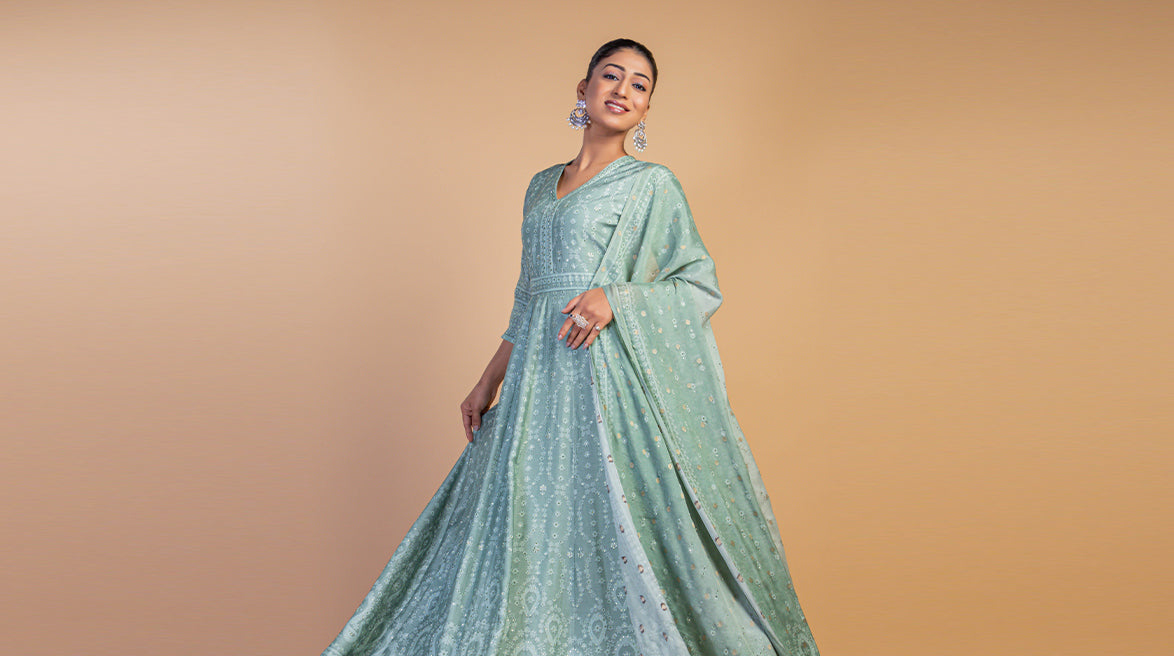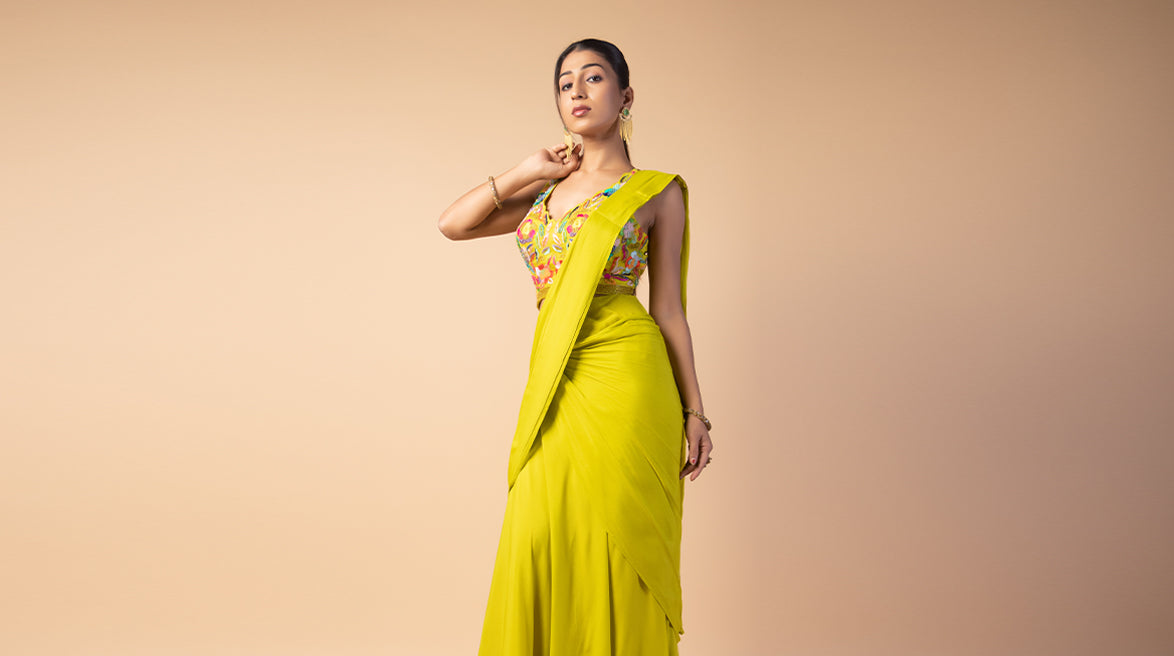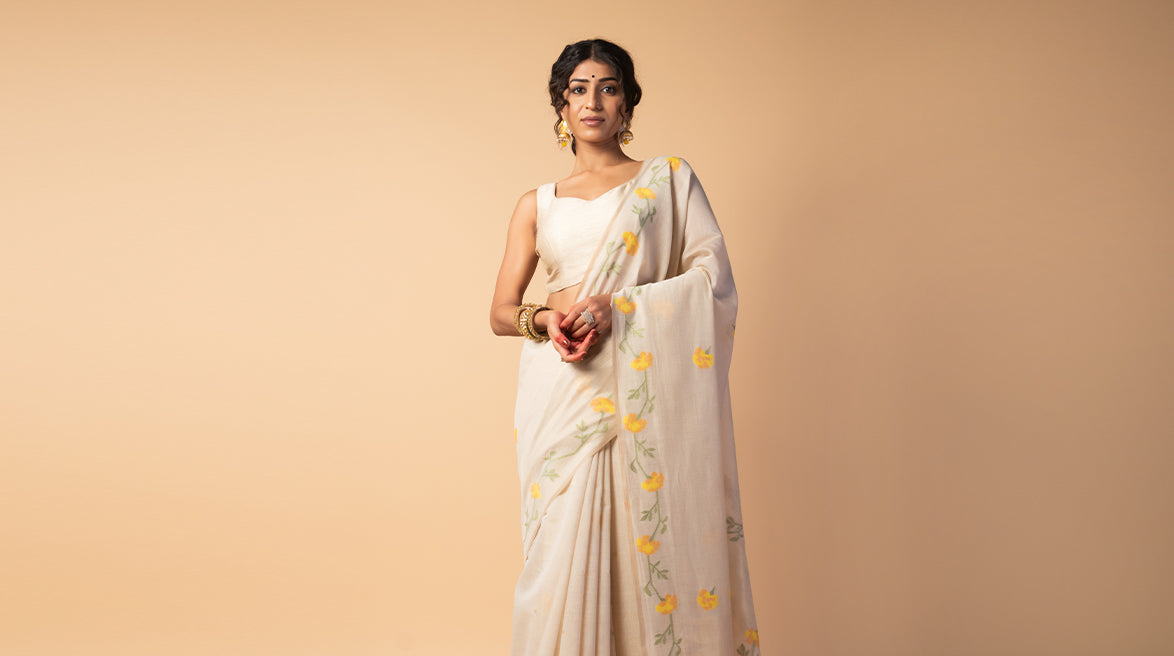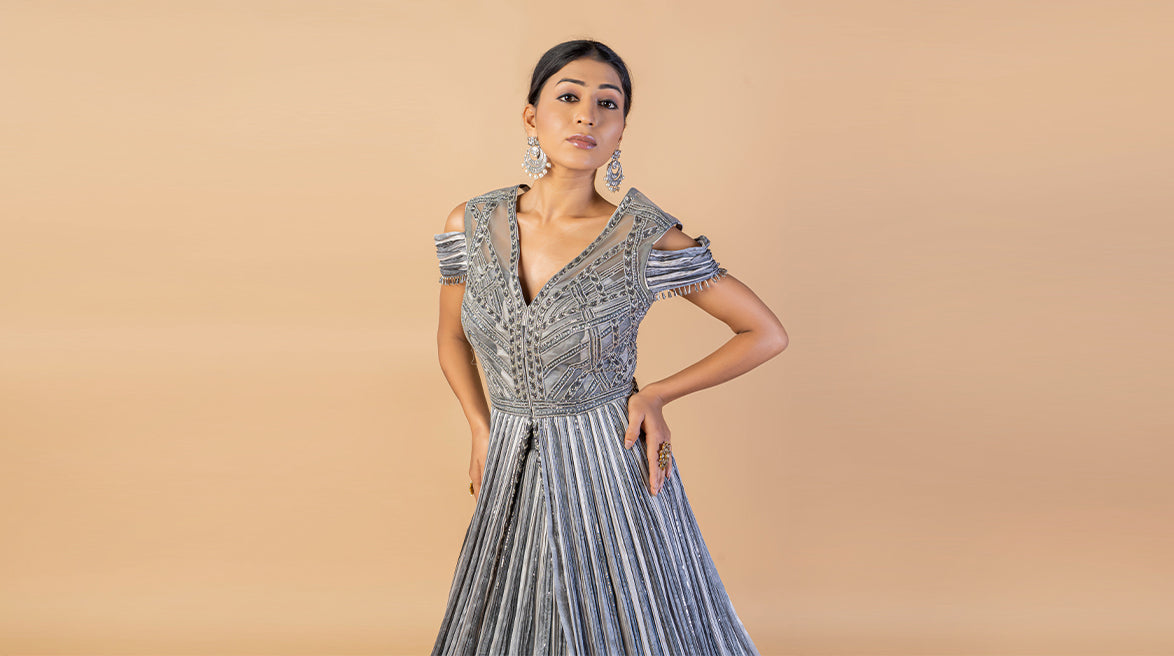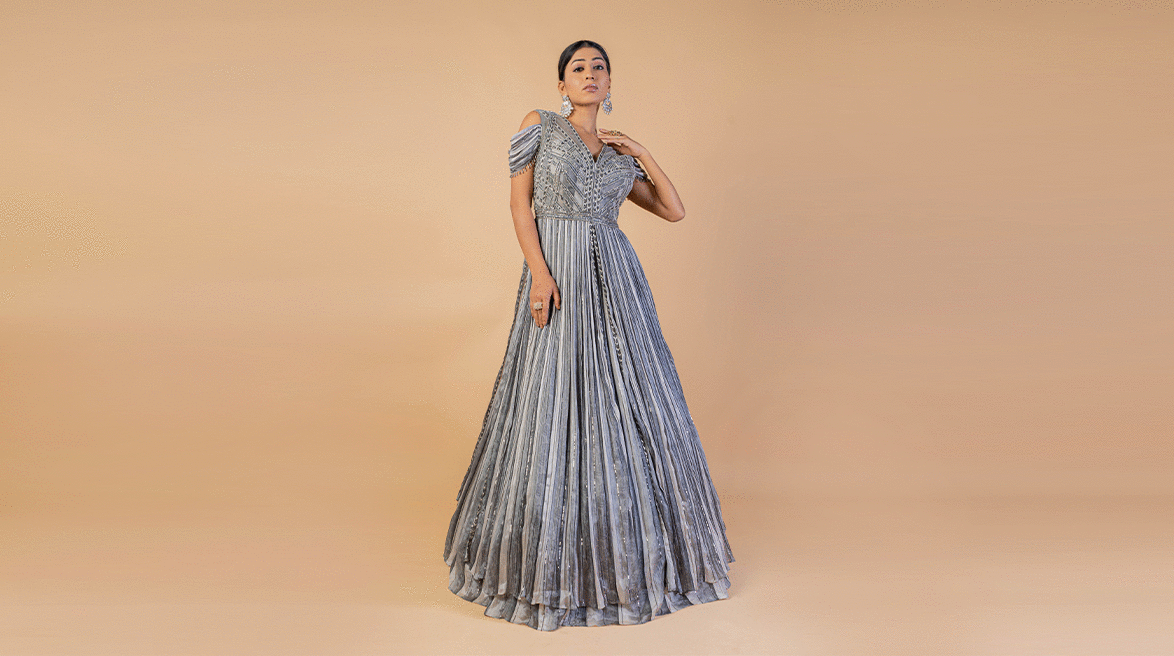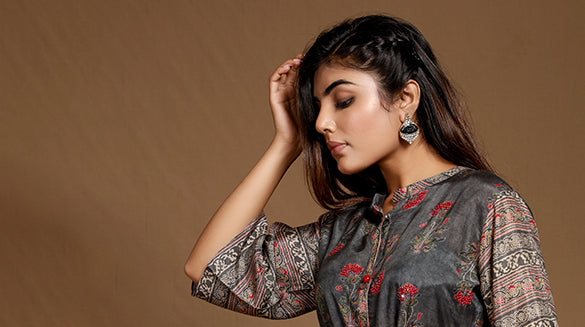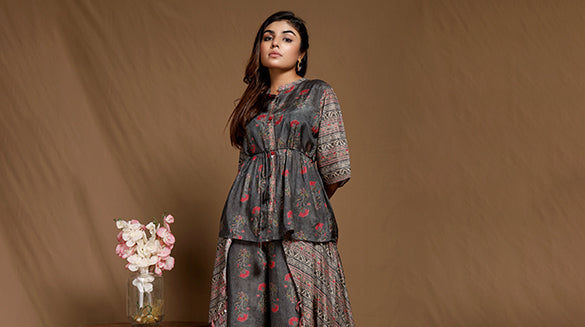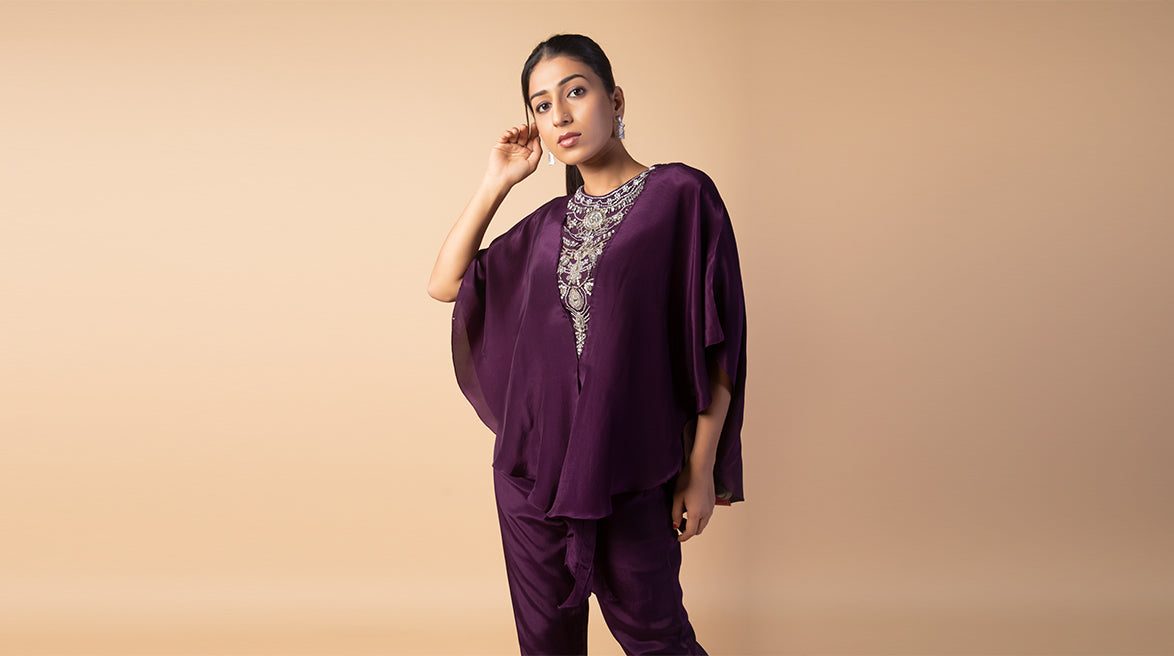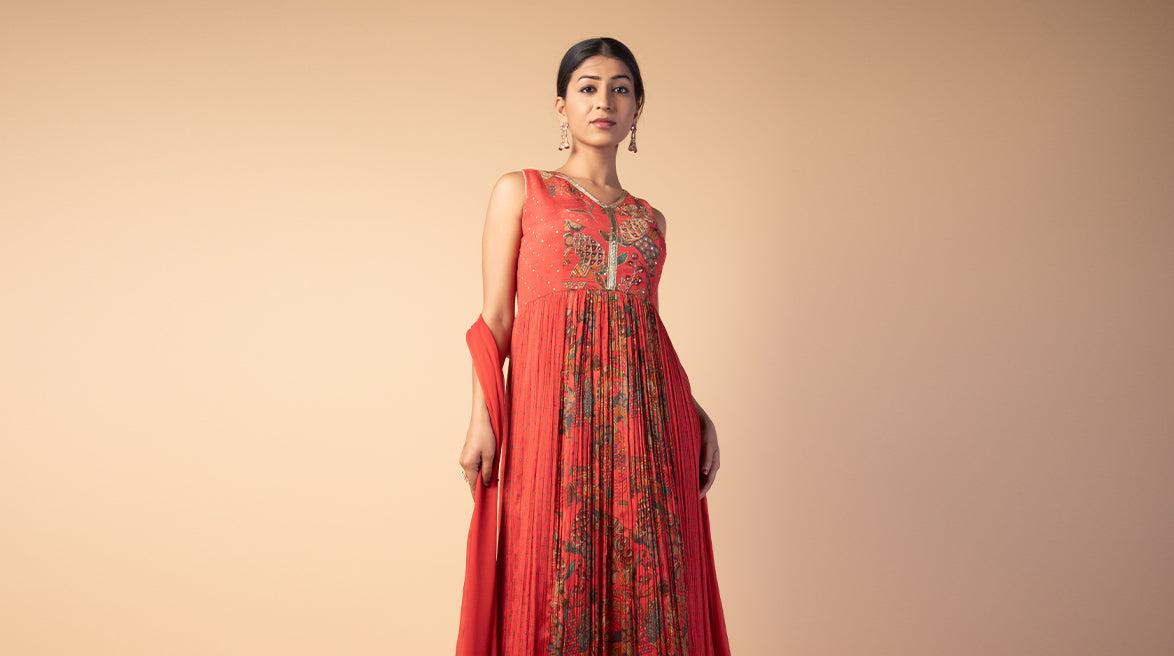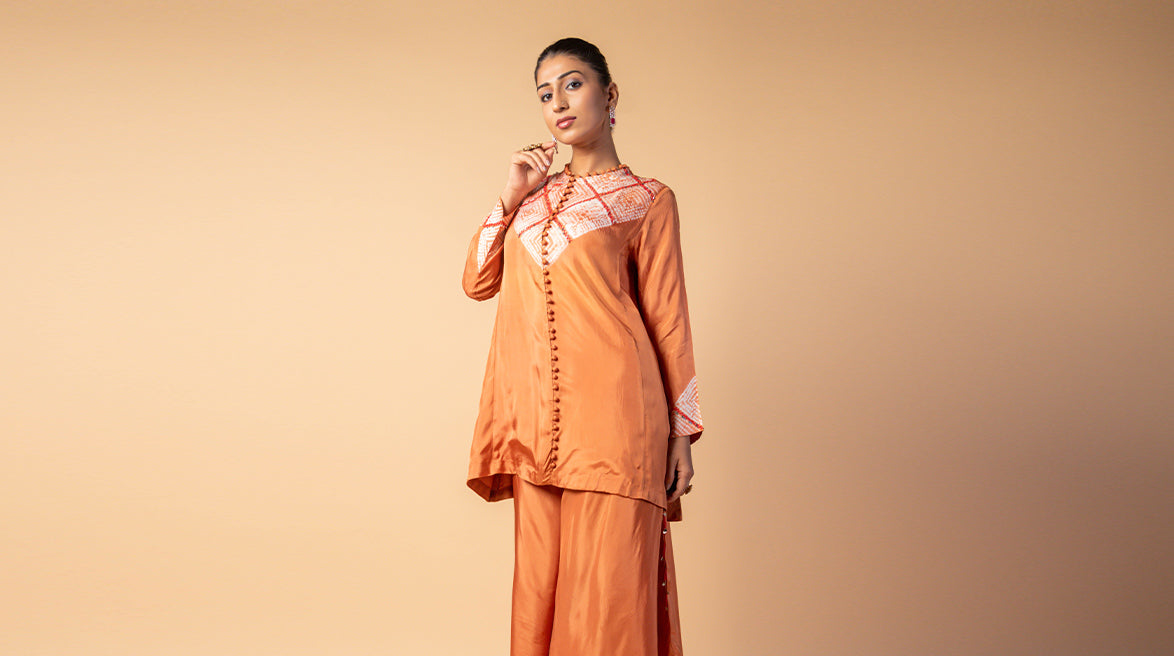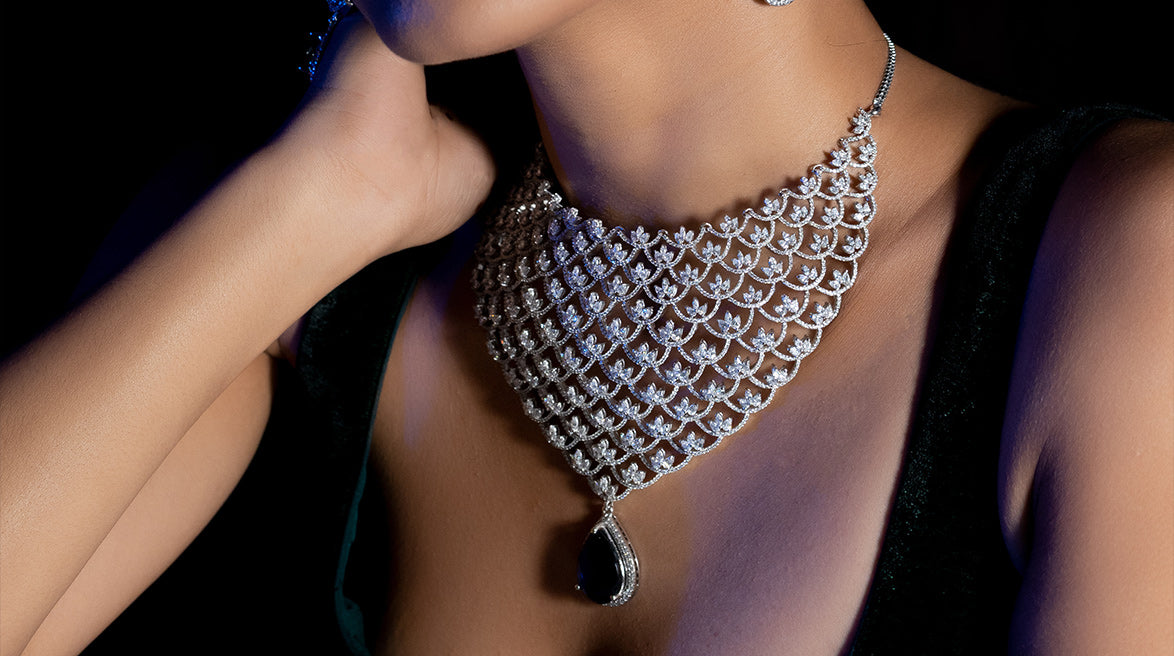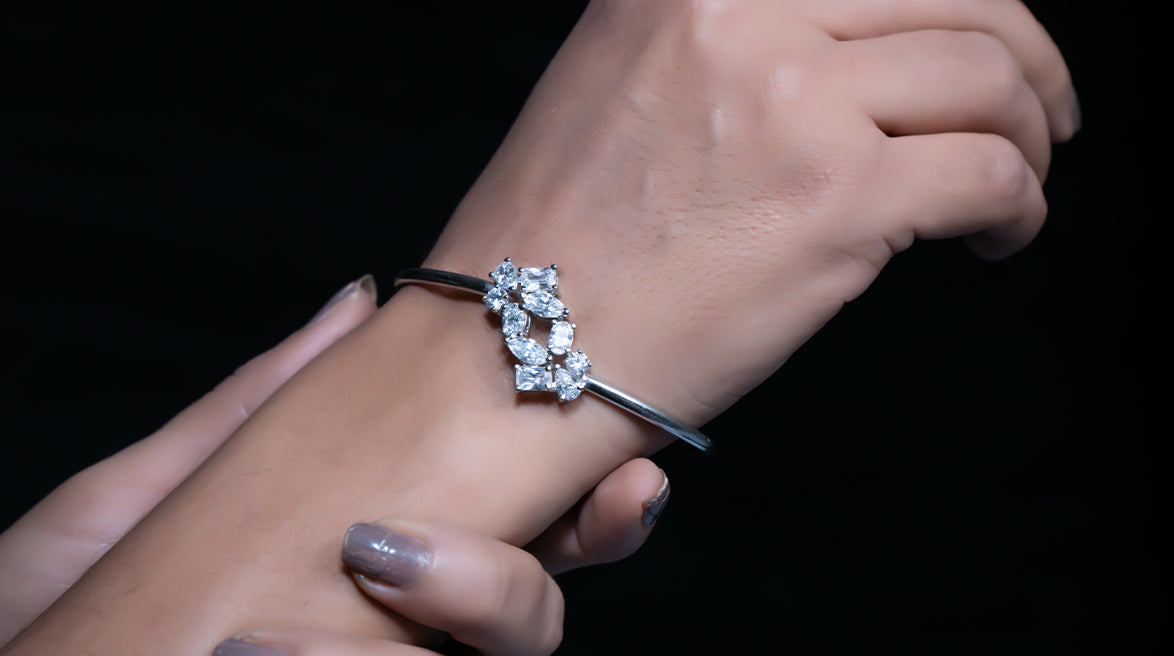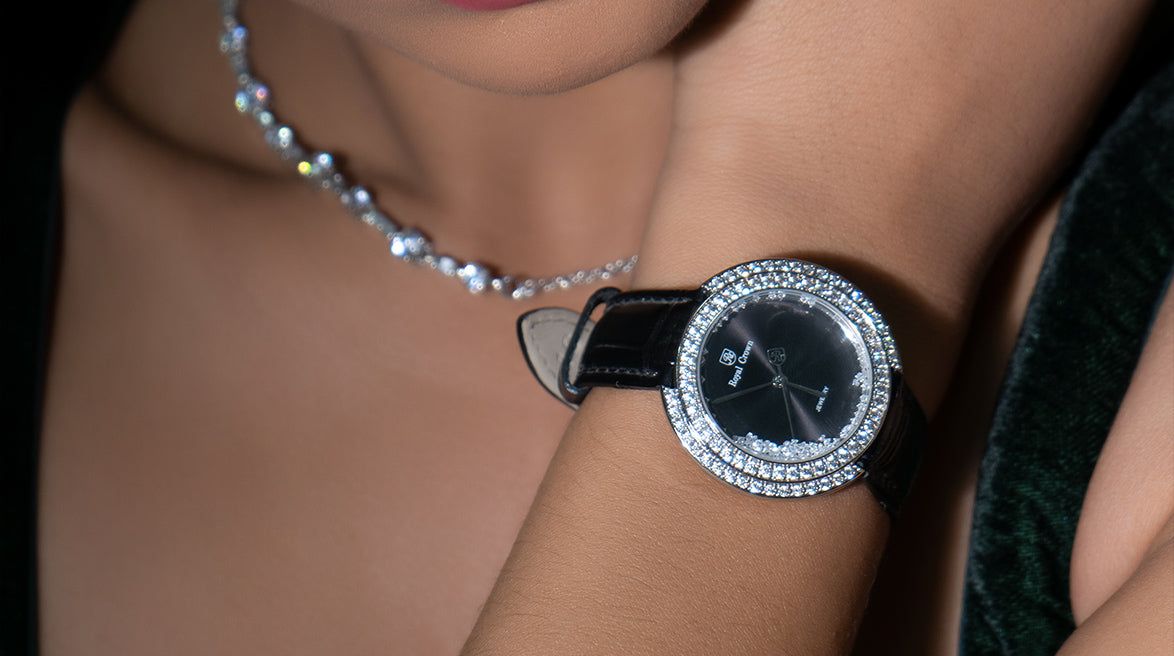Impressions Ikat Saree Collection of Amrut
Introduction
Before weaving the cloth, the strands are coloured using the resist dyeing technique known as ikat. The apparent blurriness of the design is an identifying feature of Ikat cloth. The difficulties a weaver encounters when producing the finished cloth is the cause of this blurriness.

By utilising finished yarns or a superior artisanal method, this blurriness can be lessened. It is challenging to produce final Ikat fabric with little blurriness, in a variety of colours, and with intricate designs; as a result, it is more expensive. A piece of cloth that has been dyed in a variety of colours is the ultimate result. Ikat is different from the tie and dye process in that the yarns are first bound before being dyed.

HISTORY
One of the oldest methods of dying fabric is called ikkat. Different patterns appear on the fabric depending on how these yarns are bound together. To produce complex designs in a variety of colours, this technique can be performed numerous times. Ikat fabric has the same appearance on both sides because to the yarn binding and the fact that the surface design is formed on both faces of the fabric. Ikat patterns are not created by printing on cloth or by weaving together several yarns with intricate strands. Before weaving, the warp and weft threads are dyed to create the Ikat or Ikkat designs. Ikat is a complex colouring technique applied to cotton and silk fabrics.

Ikat sarees have complemented the fashion sense of numerous world leaders and celebrities. Ikat sarees should be gently hand-washed or dry-cleaned, and the fabric should be ironed at medium heat. These lovely Ikat sarees are advised to be dry cleaned or given good washing in the washing machine. The ikat technique produces a one-of-a-kind, exquisite addition to your wardrobe. Ikat work sarees have served as an inspiration for several well-known fashion designers, who have used it in their creations. Ikat designs vary depending on the group of individuals. People from various regions have varying tastes in Ikat design and colour schemes, which they blend into Ikat weaving.
A Kind OF IKAT
Warp yarns are the longitudinal or lengthwise strands that run the length of a fabric. Weft yarns are dyed in a solid colour, while the warp yarns of the fabric are dyed using the Ikat process. The complete Ikat pattern is visible through the warp yarns before the garment is woven. With simple weft yarns, warp Ikat creates the desired Ikat pattern's overall appearance.
Weft Ikat-
A fabric's weft is a yarn that weaves back and forth. The vertical row of strands going along the fabric is known as the weft. Weft Ikat is a coloured pattern that is woven into the weft threads. Only as the weaving continues does the pattern become visible. However, weft ikat takes longer than warp ikat because the weft yarns must be meticulously changed before weaving in order to follow the design. The design is kept clear by the slow weaving.
Double Ikat -
Both the warp and weft yarns are resist colored before weaving in double Ikat. The most complex technique, Double Ikat, is also the most expensive. This type of Ikat necessitates advanced talents and takes long to master. In terms of textile art, Double Ikat is a remarkable feat. It is created when the weft and warp patterns collide to form a design. The exquisite quality of the Double Ikat fabric creates enticing designs.
IKAT'S Development
Ikat employs the resist dyeing technique. Silk and cotton are the most common primary textiles used in Ikat. Several warp and weft threads are bundled and then linked together so that they can withstand the action of dye colours. These yarn bundles are then fastened to a wooden frame and placed in a dye bath. The fabric is then given multiple dye treatments in order to achieve better patterns. After the dyeing is finished, the complicated weaving procedure begins, which converts the strands into a single piece of fabric.

Ikat is dyed using traditional colours derived from plants, flowers, and tree barks. Ikat patterns are made up of color-dyed warp and weft threads. Vertical axis symmetry or a mirror image running along the centre line are used to create Ikat designs. As a result, the pattern or Ikat design on both sides of the fabric is identical. Ikat patterns can be made horizontally, vertically, or diagonally.
CONTEMPORARY IKAT
Ikat fabric is also used to make stunning home décor items such as bed linens, carpets, and cushion covers, in addition to garments. These days, Ikat-style purses and jewellery are highly trendy. Ikat sarees or the presence of Ikat is an essential if you want to add ethnic flavour to your clothing. Cotton Ikat sarees are elegant and traditional, and they are simple to care for. If you don't want to wear a saree but still want to wear this lovely handloom fabric, go for cotton Ikat fabric and make well-fitting tunics and tailored kurtas out of it. If you like ethnic stylish clothing, buying in this fabric is a good idea. Ikat is currently popular in Gujarat, Andhra Pradesh, and Orissa.

Ikat fabric has long been popular because of its unique style and unrivalled beauty, and it has withstood the test of time and many fashion trends. Ikat is still a designer's favourite.





